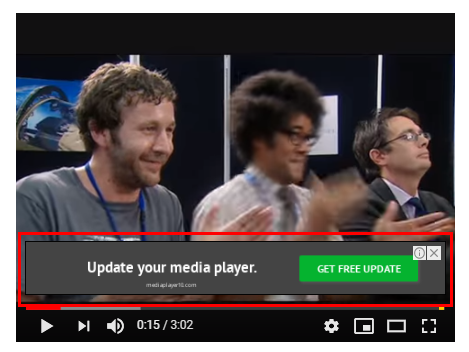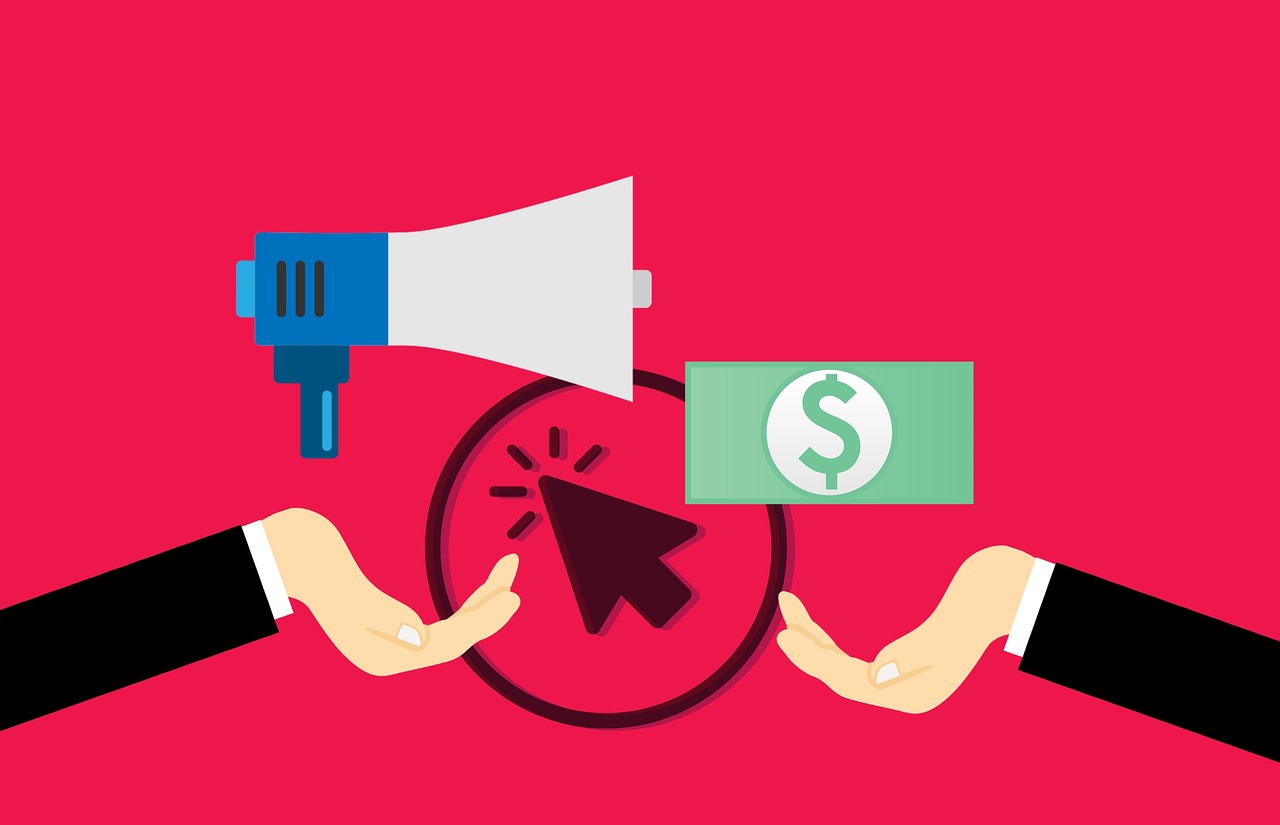You have secured the right domain name and you have a great website sorted, now it’s time to get traffic to your site and one of the ways to do that, is pay-per-click (PPC) advertising. PPC is a form of online digital marketing in which advertisers only pay when their advert is clicked. Every time the ad is clicked and someone is directed through the link to the advertiser’s chosen landing page, a fee is charged.
What is PPC?
PPC is the widely-used acronym for the term pay-per-click, an online advertising model where advertisers pay every time a user or visitor on a website or search engine clicks on their ad or placed content. The two main ways of gaining visitors to your website are: 1. Organically through your search engine optimisation, or 2. By paying other sites for the referral, and that is PPC.
How does PPC work?
Placing your content on social media sites, popular websites, and search engines are the most popular ways to use PPC as a way of getting your message out to the masses. Of the three, search engine advertising is generally the most effective, as it places your content in front of a user who is searching for exactly what you’re selling.
What types of advertising can be paid per click?
There is a wide range of options for online advertising that can be charged on a per-click basis.
Search engine adverts
With the most widely used form of PPC advertising, paid search marketing, ads are positioned at the top of the search engine results pages (SERPs) and advertisers choose which search terms or keywords will trigger their adverts to be shown through an advertising platform such as Google Ads.

Campaigns can be set up to show an advert to users who have searched for specified keywords that the advertiser has chosen as being relevant to the content of their website landing pages.
Display ads
Display advertising shows banners with images or text on websites that are about certain subjects and are relevant to particular audiences. The display ads redirect anyone who clicks on them through to your website, and each time a fee is charged, or they can also work on a “by impressions” basis – this means you are charged by how many people saw the ad, rather than how many people clicked on it. Advertisers use them to build traffic and brand awareness via third party websites that are relevant to their business.
Social media ads
Social media advertising is also charged on a pay-per-click basis. On channels such as Instagram, Facebook, Twitter or YouTube, PPC ads can reach huge numbers of people who have a social media profile.

Ads on these platforms are akin to display ads in that you can choose images and text to show to an audience with relevant interests, behaviours or demographics, thereby driving traffic to your website landing page. Advertising on social media can achieve high click-through rates and is, therefore, an increasingly popular way in which to increase brand awareness.
Retargeting
Retargeting adverts, where cookies on a user’s internet browser keep track of the actions they’ve taken online and ad platforms can access this information to retarget people who have visited a given website or done something else relevant online, with specific adverts on either search pages, display ads or social media.
So for example, if someone has searched for holiday deals on Google, an advertiser could choose to show them an advert on Facebook the next time they sign in.
Affiliate marketing
Affiliate marketing places PPC adverts on search engines, price comparison websites or other high-traffic websites and fees are charged on more than just the first click through. Affiliate PPC requires close management and can be time-consuming but the ROI can be managed in detail because payment can be based upon performance and on a cost per action basis.
How to do PPC advertising
A good PPC advert will generate lots of relevant traffic to your website and will build interest in your brand, products and services.
Ad copy is the most important factor to getting people to click, with the relevance or quality score of your website landing page against the keywords you are targeting determining the likelihood of your advert being shown over ads from other advertisers bidding against the same keywords and search terms.
Google Ads is the free-to-use advertising platform that dominates PPC ad creation and is used by millions of marketers to create ad campaigns to appear on search, display or retargeting formats.
It’s a platform that any business or individual can use, but it’s also a discipline that many marketers prefer to ask experts to manage for them as there are so many different elements to optimise and oversee.
When you use Google Ads, you’ll need to follow these steps.
-
Set your goal.
What do you want to achieve with your PPC ads? Calls and website actions are some of the most popular objectives. Connect to your Google Analytics account for more detailed insights into how your PPC campaigns are triggering website behaviour.
-
Choose where to advertise.
What global or local locations do you want to potentially see your adverts? You can rule in or exclude target areas based upon postcodes or city, county and country names.
-
Who do you want to reach?
Find the right audience for your ads by choosing from demographic data, device type or interests.
-
Create your content
Write some compelling copy or create display ads with exciting images.
-
Set your budget
There is no minimum spend, but Google Ads will limit the amount spent based upon the cap you set as the monthly budget.
-
Go live
And keep track of the performance of your adverts so that you can tweak ad copy, targeting or other factors during the campaign to optimise ROI.
The best bits of PPC
PPC ad campaigns give you the option of targeting users who are signifying some interest or intentions relevant to your business. By only paying when someone clicks, you can create impressions with a wider range of potential customers, but only spend your marketing budget when someone is more proactive and likely to take the action you want them to take on your website.
